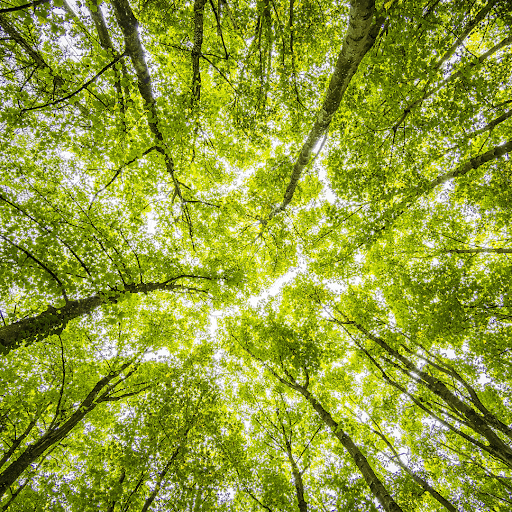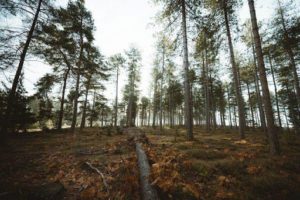Forests are more than a group of trees. They’re known as interactive communities of water, plants, soils, and animals, communities that influence their environment. Sustainably-managed forests and trees, collectively, create thousands of employment opportunities, adapt and mitigate climate change, and provide a renewable energy source. They also offer other benefits such as clean water and air, recreational opportunities, wildlife habitat, and forest products.
Their role in society and their public appreciation emphasize the need for forest stewardship. What is forest stewardship? How is that involved in forest planning, and does it contribute to sustainable forestry? Let’s explore!
 What is Forest Stewardship?
What is Forest Stewardship?
Forest stewardship refers to the notion that forests and landowners can be more than an investor or guardians. They can be stewards who pursue their today’s goals while sustaining tomorrow’s opportunities.
Forest stewardship involves a set of principles to assure the long-term, overall vigor or health of a woodlot or forest. However, this goal presents both challenges and opportunities. The state of Maine recommends seeking the help of foresters to ensure specific data, information, and effectiveness to support owners’ personal goals.
You can also reach out to Tall Pines Foresters for forest stewardship and woodlot management plans for your land.
Principles of Forest Stewardship
Forests are ever-changing and evolving; therefore, stewardship is also a work in progress. The sooner you start, the better the results. To begin the process, you need to follow the following principles:
Principle 1: Your forest or woodlot planning should contribute to the biological diversity and overall conservation of the surrounding landscape and forest.
Principle 2: Improve and maintain productive capacity.
Principle 3: Improve and maintain vigor and health of watershed/landscape and the forest.
Principle 4: Protect water and soil resources.
Principle 5: Pursue eco-friendly forest planning and promote biomass as a renewable energy source.
Principle 6: Consider economic and societal benefits.
Principle 7: Comply with guidelines, laws, and rules.
All of the aforementioned principles apply to woodlots or forests that are specific to your own goals and property.
Forest stewardship can be a challenging but rewarding process. The state of Maine, also known as “Pine Tree State,” grows white pine, oaks, spruce, and other species to ensure sustainable forestry for future generations.
This process spreads across generations, given how long a tree may take to grow. Successful stewardship involves forest planning, where foresters and landowners work towards achieving the owner’s personal goals while committing to sustainable forestry practices.
Woodland Management Plan
Forest stewardship also involves forest planning and woodlot management plan. Whether an owner owns 10 acres or 100 acres of land, their land has to offer more than they think. Following is a basic worksheet for a land plan used in the State of Maine to grow species for wood harvest.
First Step
The first step to creating a forest management plan is to describe the land. Some of the following factors of the checklist may not apply to your land. You can mark it “not applicable.”
- What’s the total number of acres? What’s the total number of wooded acres?
- How many years do you plan to own the land?
- Do you have a camp or home on the land? Or do you plan to build one?
- Does your woodland have a pond, stream, or wetlands?
- Have you noticed any wildlife on the land? What type?
- Are there trails or paths? Do you use them? How often?
- Have you detected any signs of diseases in your forest?
- Is there any archaeological or historical site?
- What type of trees grows on your land? What type of trees do you prefer for the future? Such as white pine, spruce, oak, maple, white ash, balsam fir, and eastern white pine, and you can check more species that grow in Maine and New Hampshire.
Second Step
The next step is to rank your goals in order of most important to least important, using numbers 1 to 10, where 1 is most important and 10 is least important.
- Enhance natural land beauty
- Maintain seclusion
- Create a legacy for family
- Benefit the environment
- Earn income from timber harvest
- Fish or hunt on the land
- Maintain skiing and walking trails
- Build picnic or campsite
- protect the land from development
- Provide wildlife habitat
- Study nature
Third Step
The final step involves determining who else will use the land. If you want to discourage or encourage use by others, such as the local community, friends, and family, you can mention that too. Remember, there’s no wrong answer at this final step.
The clearer you are about your objectives and personal goals, the better your management plan will be. The best way to go about forest stewardship is to partner with foresters. If you want to create a thorough forest management plan, Tall Pines Forest Management can help! We offer full woodlot assessment and forest planning services while assuring forest stewardship and sustainable forestry. Maximize the growth and health of your land or woodlot, and reach out to us today!


 What is Forest Stewardship?
What is Forest Stewardship?
0 Comments